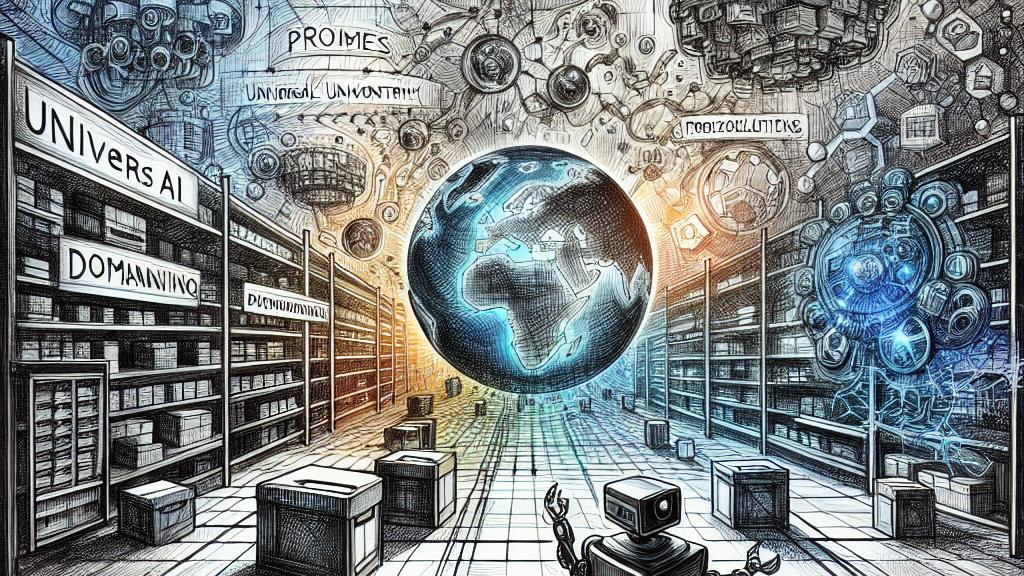The Concept of Universal PDDL Domain in AI Planning
Overview
- Universal PDDL domains change the game in AI planning, enabling adaptable strategies.
- Recognizing the difference between planning domains and problem instances is vital.
- PDDL serves as a powerful tool for articulating intricate planning challenges effectively.

Understanding Universal PDDL Domains
Imagine stepping into a cutting-edge world of AI planning where Universal PDDL domains are redefining how we approach complex problems. These domains, recently formulated in Australia, allow researchers to blend various planning tasks into a cohesive structure. Take, for instance, a smart robot assigned to navigate a busy warehouse. Utilizing the universal PDDL domain, it can adapt its navigation strategy based on varying inventory layouts and real-time obstacles, all without needing a complete overhaul of its programming. This nimbleness not only simplifies the operational framework but also fosters creativity and innovation, paving the way for applications in robotics, logistics, and beyond.
The Evolution and Importance of Planning Languages
At the core of AI planning lies the Planning Domain Definition Language (PDDL), a remarkable tool that has established itself as the gold standard for modeling planning issues. Created by a brilliant team, including Patrik Haslum, PDDL has continually evolved, expanding to accommodate a range of planning complexities—from simple task execution to intricate temporal planning. Picture, for example, how an autonomous vehicle uses PDDL to reorder its routes in real-time when faced with unexpected roadblocks or traffic jams. This transformation demonstrates PDDL's ability to facilitate domain-independent modeling, allowing the same planning approach to function across varied scenarios, thus ensuring efficiency and versatility in problem-solving.
Applying Generalized Planning in Real-World Scenarios
The discussions around Universal PDDL domains and generalized planning are not confined to academia; they echo powerfully in real-world applications with transformative effects. For example, consider the logistics industry: precise planning strategies can enhance supply routing, inventory management, and delivery outcomes significantly. By integrating generalized plans that account for both tried-and-true methods, as well as potential pitfalls, a warehouse robot can evolve continuously. Suppose it encounters consistent delays at certain junctions; it learns and modifies its route proactively, optimizing its delivery efficiency. This potent adaptability highlights the promising trajectory of AI planning, showcasing its potential to revolutionize diverse fields—from healthcare, where decision-making is increasingly automated, to environmental management, where resource allocation is critical in preserving ecosystems. Truly, the future of AI planning holds endless possibilities, and we are just beginning to scratch the surface.

Loading...